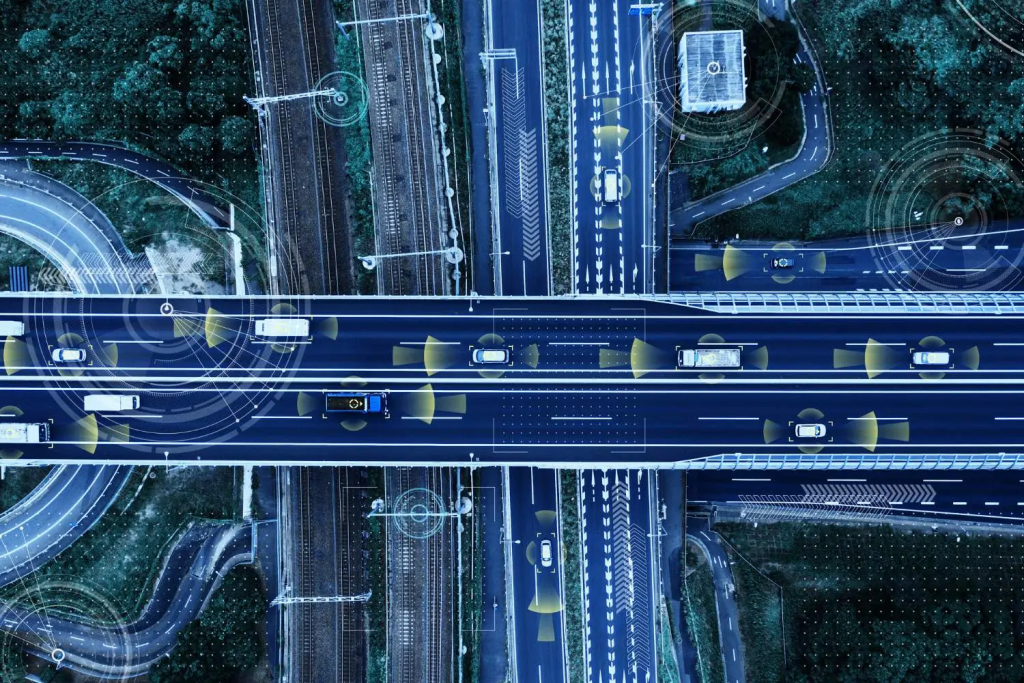ADAS Windscreen Replacements in Modern Vehicles
Advanced Driver Assistance Systems (ADAS) integration has transformed vehicle safety and the driving experience as vehicle technology evolves. These systems rely heavily on sensors and cameras often mounted on or near the windscreen. For car owners in New Zealand, replacing a windscreen is no longer straightforward. Understanding the importance of ADAS calibration during windscreen replacements in modern vehicles is crucial to maintaining the safety and functionality of your car.
Why ADAS Calibration Matters
ADAS systems are designed to enhance road safety by providing real-time assistance to drivers. ADAS systems include lane departure warnings, adaptive cruise control, and automatic emergency braking. However, their effectiveness depends on the precise alignment of cameras and sensors.
Even a minor misalignment during a windscreen replacement can compromise the accuracy of these systems, potentially leading to false warnings or a failure to detect hazards. A poorly calibrated system might misinterpret road markings, fail to recognise obstacles, or inaccurately gauge distances, putting you and other road users at risk.
The Windscreen Replacement for ADAS-Equipped Vehicles
Replacing a car’s windscreen with ADAS involves more than just fitting a new piece of glass.
Here’s what you need to know:
- Choose the Right Service Provider
Not all auto glass replacement services are equipped to handle ADAS calibration; look for a company with the expertise and specialised equipment needed to calibrate your ADAS system properly. - Pre-Replacement Assessment
Before replacing the windscreen, the technician should assess the vehicle’s ADAS components. This may involve checking the alignment of cameras and sensors and documenting their current settings. - Precision Installation
The new windscreen must be installed precisely to align perfectly with the ADAS sensors and cameras. Any deviation can affect the system’s performance. High-quality adhesives and installation techniques are critical. - Post-Replacement Calibration
After installing the windscreen, the ADAS system must be recalibrated using specialised equipment to align the cameras and sensors according to the manufacturer’s specifications.There are two main types of calibration:
- Static Calibration: Performed in a controlled environment using targets and alignment tools.
- Dynamic Calibration: Involves driving the vehicle under specific conditions to allow the system to self-calibrate.
The type of calibration required depends on the vehicle’s make and model, as well as the ADAS features it includes.
Common Misconceptions About ADAS Calibration
ADAS calibration is essential—skipping it can make your vehicle’s safety features ineffective and increase accident risk. Additionally, some drivers believe that calibration can be done manually or without specialised equipment. ADAS calibration requires advanced tools and technical expertise to ensure accuracy.
The Cost of ADAS Calibration
While ADAS calibration adds to the overall cost of a windscreen replacement, it is critical. The exact cost will vary depending on the vehicle and the complexity of its ADAS systems. However, considering the potential consequences of driving with improperly calibrated systems, the expense is justified.
Choosing a Reliable Provider in New Zealand
When choosing a windscreen replacement service provider, ensure they have the appropriate ADAS certifications and training. They must have the necessary equipment and a good reputation for the quality of their work and customer service.
For drivers with ADAS systems in their cars, high-quality windscreen replacements are a critical aspect of vehicle maintenance. Choosing a qualified provider ensures proper calibration, maintaining the safety and performance of your vehicle’s advanced systems.





